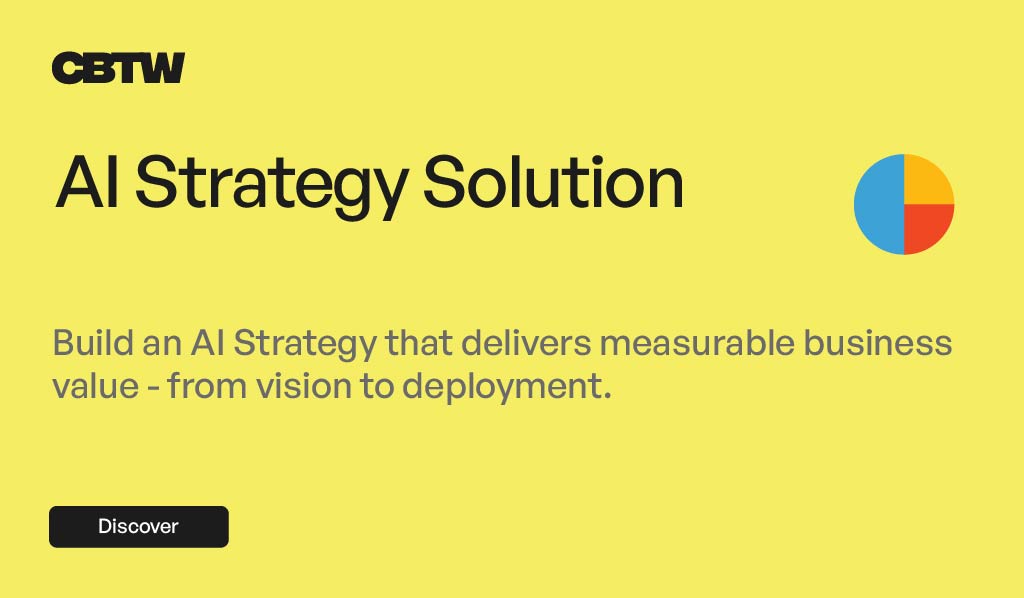Deutsche Automobil Treuhand (DAT Group) wanted to become more data-driven but faced fragmented AI initiatives across business units and lacked the infrastructure to handle both structured and unstructured data. Learn how we helped Dat Group transform their operations through strategic, technical and organizational Data Science implementation.
Context & Key challenges: Driving Innovation with Data Science
Our client, DAT Group is an international company operating in the automotive industry for over 90 years. They provide automotive data, products, and services that enable a digital vehicle lifecycle. DAT wanted to become a more data-driven organization by integrating AI and Data Science capabilities into their operations. We helped them tackle several key challenges:
- Combine the most innovative methods and technologies with the existing know-how
- Set up a Data Science infrastructure and provide best practices
- Enable them to model unstructured (text, images & videos) and structured data
- Ensure coordination of all Data Science initiatives across all business units
Our Approach: Define a Strategy and Support Its Implementation
To address DAT Group’s challenges and enable them to take advantage of advanced analytics capabilities, we supported by:
1. Define a clear AI strategy:
- AI Maturity Assessment: We conducted in-depth analysis and workshops to evaluate the organization, infrastructure, processes, and data.
- Roadmap Definition & Validation: We created a customized, use-case-driven Data Science roadmap tailored to DAT’s needs.
2. Support in establishing an AI Strategy implementation plan:
- Infrastructure: We architected and implemented a cloud-based Data Science platform.
- Processes: We defined standardized processes and governance frameworks for managing Data Science solutions.
- Use cases: We developed multiple use cases from Proof of Concepts (POCs) to production, including text search and annotations using NLU (Natural Language Understanding), building regression models for quality assessments or developing and deploying computer vision models, among others.
- Organization: We provided internal team building, coaching, and training to increase awareness and support change management.
Benefits: Machine Learning Operationalization and Scalable Data Infrastructure
- Positive and tangible results thanks to the actual operationalization of machine learning (ML) models (not only POC development).
- Next step: Discussions about having a Sustainable Data Product approach and modernizing the BI strategy.
- Enhanced efficiency through modern data-driven methods
- Improved collaboration and centralization via complete Data Science Platform (lab and factory) architecture for model management
- Standardized pipelines that scale to fill data lakes for analytics
- Positive & tangible outcomes through actual machine learning model operationalization (beyond POC development)
- Future planning for sustainable data product approach and BI strategy modernization
Team Involved
The project engaged 6 specialized experts over an 18-month period, each contributing distinct expertise to ensure comprehensive project delivery.
- Project Manager: Coordinated project activities, managed timelines and resources, facilitated communication between stakeholders, and ensured deliverables met specified requirements throughout the 18-month engagement.
- Product Owner: Defined product requirements, prioritized features, managed the product backlog, and served as the primary liaison between technical teams and business stakeholders to align development with client objectives.
- Data Scientist: Conducted data analysis, performed statistical modeling, developed predictive algorithms, and provided analytical insights to inform machine learning strategy and model selection decisions.
- Deep Learning Engineer: Designed and implemented neural network architectures, optimized deep learning models, and developed advanced pattern recognition capabilities for complex data processing requirements.
- ML Engineer: Built machine learning pipelines, handled model training and deployment, implemented MLOps practices, and ensured production-ready machine learning systems met performance and scalability requirements.
- Reporting Engineer: Developed data visualization dashboards, created automated reporting systems, and built business intelligence tools to present insights and monitor system performance for stakeholders.
Technology Used
The project utilized the following technology stack based on the specified requirements:
- Python: Programming language used for machine learning development, data processing, and system integration across project components.
- Azure Machine Learning: Cloud-based platform providing machine learning services, model training capabilities, and deployment infrastructure.
- Azure Cloud: Microsoft’s cloud computing platform providing the underlying infrastructure, storage, and computing resources for the project.
- Apache Spark: Distributed computing framework used for large-scale data processing and analytics operations.
- Databricks: Unified analytics platform utilized for collaborative data science and machine learning workflows.
- ML Flow: Open-source platform employed for machine learning experiment tracking, model management, and deployment processes.
Project Duration: The engagement spanned 18 months with continuous collaboration between the 6-person team and client stakeholders.
